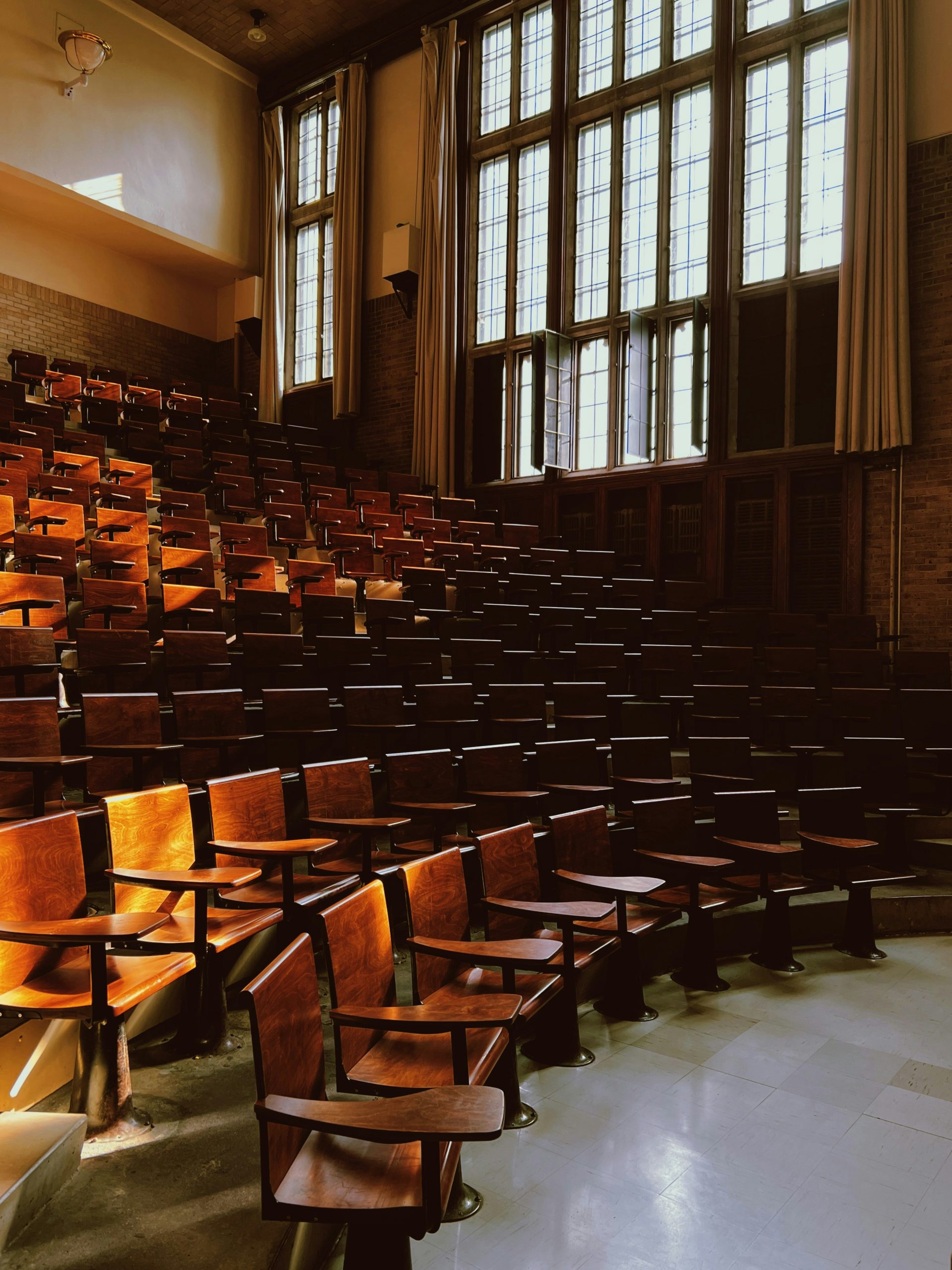The cultural transformation which succeeded the Russian revolution challenged every aspect of the old order. In Margy Kinmonth’s latest documentary, “Revolution ÔÇô New Art for a New World”, this BAFTA winning director explores the incredible art movements that succeeded the Russian revolution. Kinmonth’s stunning documentary draws the watcher in and highlights how the Avant-Garde movement exploded the classical boundaries of art, architecture and the stage.
The documentary maintains a well-balanced focus on both art and history. Through access to archived material and interviews with family members Kinmonth tells the story of famous artists like Kandinsky, Rodchenko and Konchalovsky; of how they were inspired by the freedoms of their ÔÇÿNew World’ and how they expressed these freedoms through their art. Yet, Kinmonth’s jubilant commentary of this era is bittersweet considering the repressive “socialist realism” style which was to replace the Avant-Garde┬ájust 15 years later.
Whereas Lenin had celebrated difference as a method of complementing political change Stalin’s approach was to repress and force artists to return to their non-revolutionary classical roots. Kinmonth highlights how, through this regulation of art and artists, Stalin could control the messages fed to the public through propaganda and thereby prevent further revolution ÔÇô both cultural and political. The key influence artists had is especially clear in the case of Malevich’s famous piece, “Black Box”, and Kinmonth highlights how this seemingly inconsequential picture rocked the very foundation of Russian Orthodoxy.
The filmography in the documentary is impressive in itself and includes complex filming techniques and original soundtracks. It is also interspersed with footage filmed on site in Moscow, St Petersburg and London and features collections from major Russian institutions and contributions from artists, curators, and performers. Some of these contributors include museum directors Professor Mikhail Piotrovsky, Zelfira Tregulova and film director Andrei Konchalovsky. The documentary also features actors Daisy Bevan, Eleanor Tomlinson, James Fleet, Tom Hollander and Matthew Macfadyen.
As said in the final lines of the documentary: “In their pursuit of a New Art for a New World the artists of the Russian revolutionary period left a lasting legacy which has transformed the world of art.”.
I also had the opportunity to interview Margy Kinmonth about her documentary:
What would you regard, in your opinion, as the very first Avant-Garde piece?
The most important work of art was The Black Square by Kasimir MALEVICH (played by Tom Hollander in my film). He was strictly a “Suprematist”. But to me the great Russian pioneers of Avant-Garde were artists like LYUBOV POPOVA, she was a great painter, and Vladimir TATLIN who created the famous Tatlin tower. The Avant-Garde movement got going earlier in the century, and the Russian Avant-Garde artists were certainly influenced by the French painters Matisse and Picasso whose art had been shown in Moscow. But everything the Russians did was more extreme than the French.
In the documentary you visit some iconic places such as the site of the July Days photo, how did it feel filming there?
It felt like the world had forgotten about what took place there a hundred years ago. The location I filmed in had become a stationary shop selling cheap plastic toys.
This documentary was filmed on location in London, Moscow and St Petersburg but did you also visit other locations, such as a gulag camps, to contribute to your research?
I visited many extraordinary museums about the Gulag and found rare footage of the Gulag camps. I wanted very much to film with the families returning to Gulag to locate their forebears’ graves in the permafrost, but my budget didn’t allow me to travel such enormous distances across Russia.
You mention that your one of your favourite painters, Pavel Filonov, is less known, especially in the West. Why do you think that is?
Its a tragic story. PAVEL FILONOV died of starvation during the siege of Leningrad and his wife took all his paintings to the Russian Museum for safekeeping. After she too died, and her children died in Gulag, there was no one to fly his flag, but I hope my film will bring his extraordinary work to a wider international audience.
In the documentary, you use different filming techniques such as mirroring and ripple effects. Was this inspired by Avant Garde art or does it convey a deeper meaning?
The digital effects were inspired by the brilliant pioneer photographer ALEXANDER RODCHENKO who worked in black and white, often with geometric compositions. Also I love the work of filmmaker DZIGA VERTOV who directed the famous documentary “Man with a Movie Camera” which used a lot of split screens and photo montage.
REVOLUTION: NEW ART FOR A NEW WORLD will be broadcast in the BBC’s upcoming┬áRussian Revolution Season and will air on Monday┬á6th┬áNovember 9pm on BBC4
By Ilona Cabral





